About Us
Like all things in life, what you get out of something depends entirely upon what you put in and cider is no different. The quality of a cider is only as good as the fruit it’s made from. We use heirloom apple varieties that were widely grown on the North Coast and Central Valley of California in the days before Prohibition. This was before large commercial farming practices gave rise to monocultures of “supermarket apples.” Today, such apples come from small, family-owned-and-operated orchards. The growers there keep alive the tradition of working the land just as their forefathers did, to produce fruit of incomparable quality.
FRUIT
We are a small, local, family owned and operated cider company specializing in making premium cider where quality is valued over quantity, the journey just as important as the destination and family is valued and celebrated above all else.
Family
PROCESS
Apples are hand picked, crushed, pressed and slow fermented to retain their inherent varietal qualities during primary fermentation. Base cider is then aged for several months in either neutral red wine French Oak barrels or stainless steel vats depending upon the maturation process that best complements the varietal being conditioned. The matured cider is then bottled and undergoes a second fermentation and aged additional time in tirage where it further rounds out and picks up superb flavors of autolyzed yeast resulting in a fully developed cider.
Methode ChampEnoise
If the final product is destined to be made into sparkling cider made in the traditional method, the additional steps of riddling and disgorging are employed.
Riddling and disgorging are the centuries old methods for separating the yeast from the cider/wine after aging in tirage making a finished, clear sparkling product.
The traditional method involves placing the neck of a bottle horizontally in a riddling rack where it undergoes a sharp quarter turn and slight elevation of the bottle one to two times a day until all the yeast has settled in the upper most portion of the bottle neck (riddling) taking upwards of 30 days to complete.
The bottle is then placed upside-down in a cold ice bath containing salt until the yeast is incapsulated in a fully formed plug of ice. The bottle is then flipped right-side up and the crown cap is removed. The pressure trapped in the headspace of the bottle (from secondary fermentation while capped) ejects the frozen yeast plug out of the bottle (disgorging) leaving the finished product void of any yeast or sediment.
The bottle is then topped off, corked, caged and packaged where it sits on its new cork for additional time until full maturity is reached and the product is ready for consumption.




